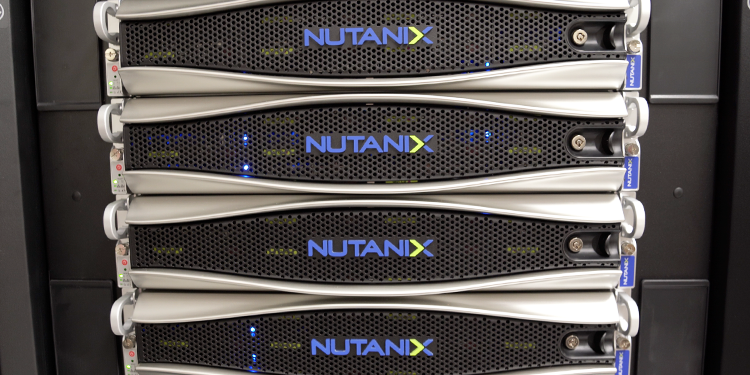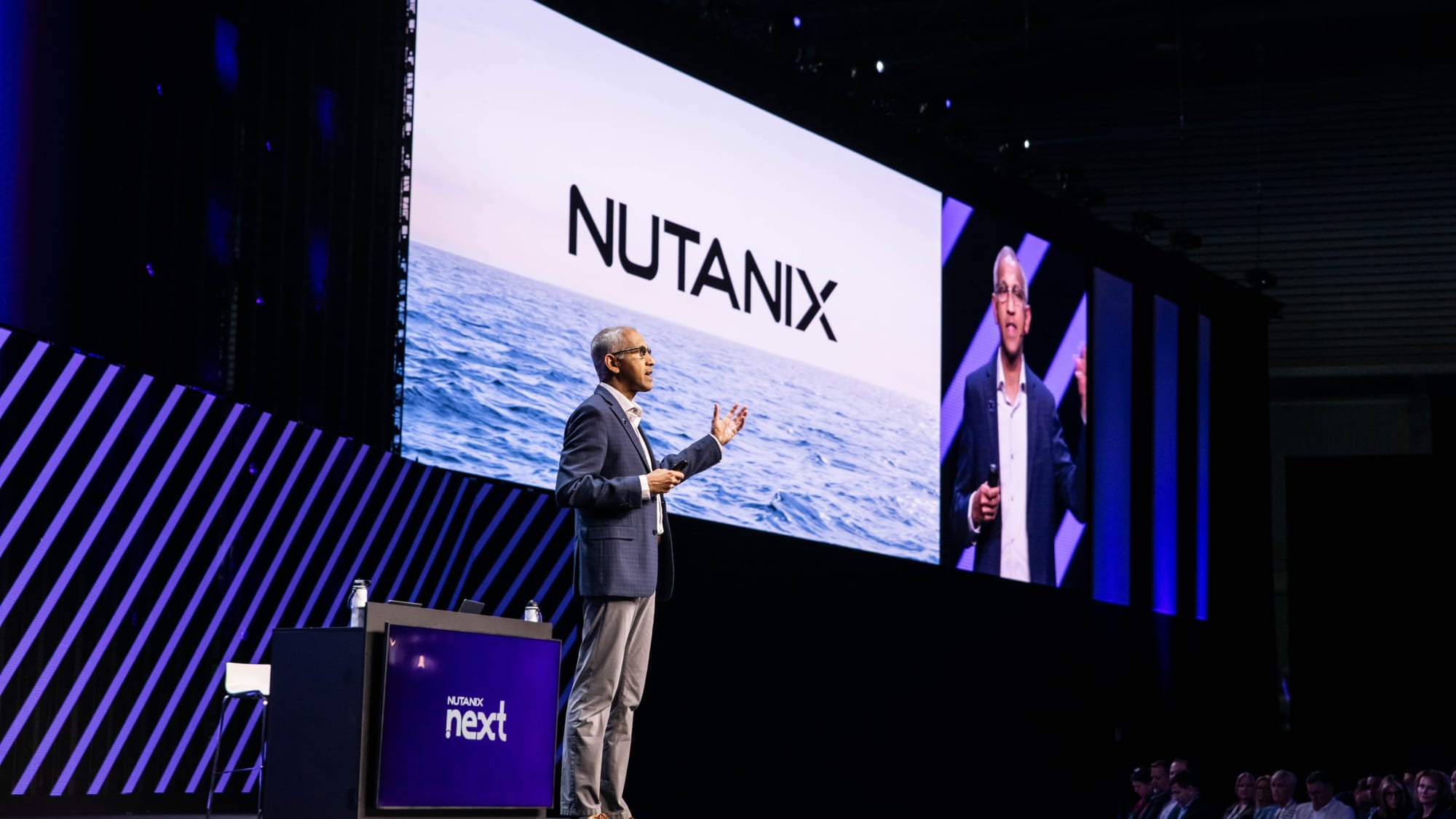Nutanix, a company that provides “hyperconverged” compute, storage, virtualisation, and networking, reported a record quarter – amid reports of extreme inflation for VMware customers when it comes to contract renewals. (Nutanix goes head-to-head with VMware across its offering.)
The San Jose-headquartered firm reported record quarterly revenue of $565 million late Wednesday (February 28). ARR rose 26% to $1.74 billion.
Nutanix has been spending advertising dollars to position itself as the enterprise-ready choice for VMware customers who want to keep running on-premises hypervisors – but avoid further VMware lockin in the wake of a takeover by Broadcom and subsequent extreme price hikes and layoffs.
Nutanix CEO Rajiv Ramaswami touted a “seven figure win” with a European automotive technology company that had an “existing three tier footprint in need of a refresh, but was frustrated by the recent price increases of their incumbent vendor” and wanted “the flexibility to potentially move some of their footprint to the public cloud in future.”
(That company, he said, plumped for its Nutanix Cloud Platform, including its AHV hypervisor, for its “ability to seamlessly transition workloads to public cloud via our NC2 solution – a platform that lets users manage on-premises VMs and public cloud ones from the same interface.)
Repatriation from the cloud

“A second good example,” he added, “is a win with a large North American-based hedge fund, that was looking to mitigate the growing cost of its public cloud hosted virtual desktop infrastructure or VDI.
“For a more responsive solution to meet the performance demands of its traders they chose to repatriate their VDI onto the Nutanix Cloud Platform on GPU based servers. Resulting in a meaningful improvement in performance and an estimated 60% plus TCO saving,” Ramaswami said.
(Pressed by analysts on the company’s Q2 earnings call if it was seeing more cloud repatriation amid concerns over public cloud egress fees and other costs, Nutanix’s CEO struck a cautious note, saying that “we are seeing more examples of people repatriating but it's hard for me to say that there's a whole trend here… I think CIOs are being a lot more careful about how much they take to the public cloud [to start with]... there's also a lot more scrutiny and forethought being applied to ‘what should I take going forward into the public cloud from where I'm at?’”)
A $100 million renewal, from $8 million?

The closely watched earnings came as VMware customers continue to get hit with wildly elevated renewal bills in the wake of its buyout by Broadcom. Many examples are going public – although one US CIO’s claim that a company had seen their $8 million costs soar to $100 million at renewal attracted some scepticism. (They renewed at this price, he said.)
“Can confirm a current @Broadcom @VMware customer went from an $8m renewal to $100m. There’s a word I’m thinking of and it’s on the tip of my tongue. Please help me,” CIO Jason Thomas of Cole, Scott and Kissane, a Florida law firm posted on X on February 22. He’d had those details from a VMware reseller, he suggested, but would not name names and The Stack could not independently confirm this renewal price.
Named examples are also landing: Jeremie Bedard of Quebec’s Diagram Ventures posted details on X of a 6,600% hike (a renewal admittedly from a very low three-digit starting point. CIO Thomas told The Stack that his VMware costs had gone from $33,000 yearly to $123,000, a 272% rise; a price that The Stack was able to confirm.
Renewals typically land some 60 days before organisations need to make a choice – hardly enough time to decide to uproot mission critical systems and run them on alternative software. Thomas said he “ran the Nutanix numbers. It evens out after Pure, Synergy and Zerto renewals,” (storage, efficiency and disaster recovery software respectively) he said.
“But Nutanix life is at least 3-5 years. [We] may bite the bullet and renew this year and give us time to figure out what we really want to do.”
To Nutanix's CEO, patience was the name of the game: "[This is] a significant multi-year opportunity for us to win new customers and to gain share. The timing and magnitude of these deals is a bit unpredictable. Our pipeline is quite substantial, and growing," he said on an earnings call.
"We expect... the opportunity to build gradually, and here are the reasons. First one is that many customers signed multi-year ELAs enterprise agreements with VMware prior to the deal closing. So it buys them some time to make decisions. The second, converting from VMware 3-tier accounts or legacy storage accounts, which is a good chunk of VMware footprint, in many cases requires a refresh of their storage and our servers, right, one of the two, which could also impact the timing of the potential software purchases that they would make with us. The last piece is like with all these accounts, we typically have a land and expand motion."









